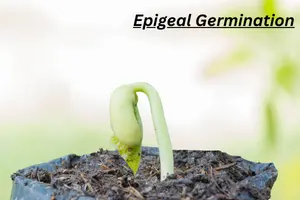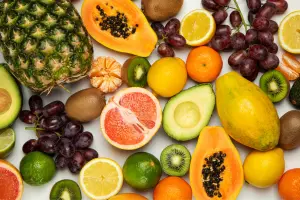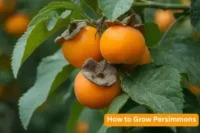Seed Dispersal Methods: How Plants Travel the World
Published: 29 Nov 2025
Welcome, Nature Dreamers!
How do trees grow and flowers bloom unexpectedly? The answer lies in seed dispersal methods, which are crucial in spreading plants to new areas and promoting biodiversity.
I am Sheila, and I will share my experience with seed distribution, having conducted seven years of research in botany. In this article, we will study the Five Primary Seed Dispersal Methods, a Comparison of Seed Dispersal mechanisms, urban vs. wild seed dispersal, the evolution of seed dispersal: past, present, and future, innovative seed dispersal (future), and the conclusion at the end of the article.
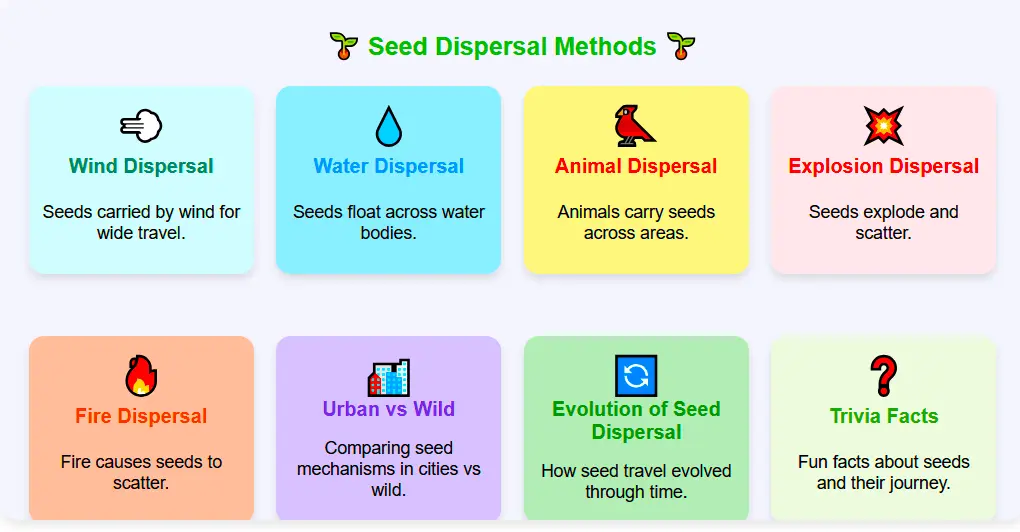
By the end, you’ll understand how seed dispersal drives biodiversity and supports ecosystems. Discover plants’ clever strategies for spreading life and growing, each a story of resilience and adaptation waiting to inspire!
Join me in this learning process.
The Five Primary Seed Dispersal Methods
Seed dispersal is crucial for maintaining biodiversity and promoting plant growth. Here are five main seed dispersal strategies, each with its own mechanism for varied situations.
- Wind dispersal, or anemochory
- Water dispersal, or hydrochory
- Animal dispersal, or zoochory
- Explosive dispersal, or ballochory
- Fire dispersal, or pyrochory
1. Wind Dispersal (Anemochory)
- Wind dispersal enables seeds to travel long distances, helping plants colonize open areas. This method is common in plants with lightweight seeds adapted to catch the wind. They often have unique structures, such as wings or feathery appendages, that enable them to fly.
- These seeds can float gently through the air, landing far from the parent plant. Wind dispersal is especially effective in open landscapes, such as grasslands and deserts, where frequent strong winds prevail.
Examples: Dandelions, maple trees, cottonwoods.
2. Water Dispersal (Hydrochory)
- Water dispersal is vital for plants growing near rivers, lakes, or coastal regions. Seeds that use this method are adapted to float and withstand prolonged exposure to water. Their rugged, waterproof seed coats protect them from damage as they are carried by currents.
- Water dispersal enables plants to spread to distant shores, creating new populations far from their point of origin. This method is particularly essential in tropical and coastal ecosystems characterized by strong and continuous water flow.
Examples: Mangrove trees, coconuts, and kōwhai trees.
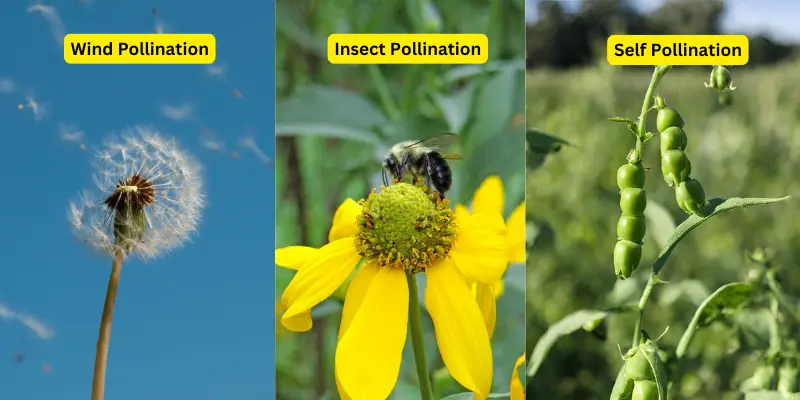
3. Animal Dispersal (Zoochory)
- Animals play a crucial role in seed dispersal by either carrying seeds externally or ingesting them.
- In external dispersal, seeds attach to animals’ fur, feathers, or skin using hooks or sticky surfaces and are later dropped off in a different location.
- Internal dispersal involves animals eating fruits and excreting the seeds elsewhere, often far from the parent plant.
- This symbiotic relationship benefits both the plant and the animal, enhancing biodiversity.
Examples: Oak trees (squirrels), berry trees (birds), pittosporum (sticky seeds on animals), and pumpkins.
4. Explosive Dispersal (Ballochory)
- Explosive dispersal occurs when plants forcefully eject their seeds from the parent plant. This method relies on the buildup of internal pressure or mechanical tension in the seed pods.
- Once the pods build up enough pressure, they burst open, spreading the seeds over a large area. This mechanism allows seeds to travel farther from the parent plant, reducing competition for resources.
- Explosive dispersal is particularly useful in dense environments with limited space for seed growth.
Examples: Gorse, peas, oxalis.
5. Fire Dispersal (Pyrochory)
- Fire dispersal is common in plants that thrive in fire-sensitive environments. These plants have developed seeds that require heat to be released or germinate.
- Fire clears out competing vegetation and triggers seed release, creating ideal conditions for growth.
- This method ensures new plants can quickly establish themselves in fire-affected areas, promoting regeneration and ecological balance.
- Fire dispersal is especially prominent in ecosystems like savannas and forests, where periodic fires are part of the natural cycle.
Examples: Banksias, pine trees, eucalypts.
And the earth – We spread it out and cast therein firmly set mountains and caused to grow therein [something] of every well-balanced thing. Quran 15:19
Table: Comparison of Methods Natural Seed Dispersal
| Dispersal Method | Key Agents | Examples Plants | Distance Covered |
| Wind | Wind Current | Dandelions, Maple | 500miles (Dandelion) |
| Water | Rivers, Oceans | Coconut | 3000miles (coconut) |
| Animals | Birds, Mammals | Miro, Oaktree | Depends on animals |
| Explosion | Pod bursts | Gorse, Peas | 3-10 feet |
| Fire | Heat from fire | Banksias, Pines | Post-fire germination |
Urban vs. Wild Seed Mechanism
Urban seed dispersal differs from natural ecosystems. As cities grow, humans modify natural transport techniques.
Urban Seed Movement Challenges
- Buildings and roads restrict the distribution of wind- and water-seeds.
- Reduced city wildlife reduces animal-mediated dispersal, decreasing plant diversity.
Though a tree grows so high, the falling leaves return to the root. Malay Proverb
Wild Seed Distribution Challenges
- Dense woods compete for space and resources, limiting seed spread.
- Animals eat seeds before they germinate, restricting their spread.
Historical Evolution of Seed Dispersal: How Natural Forces Shaped Plant Propagation in Ancient Ecosystems
- In ancient ecosystems, plants depended on natural forces like wind, water, and gravity for seed dispersal, fostering biodiversity and ensuring survival. These forces spread seeds across vast landscapes, creating rich, interconnected ecosystems without human or mammal intervention.
- Wind carried lightweight seeds long distances, while water transported buoyant seeds along rivers and coastlines. By shaping plant propagation, these natural mechanisms played a critical role in sustaining balanced, thriving ecosystems worldwide.
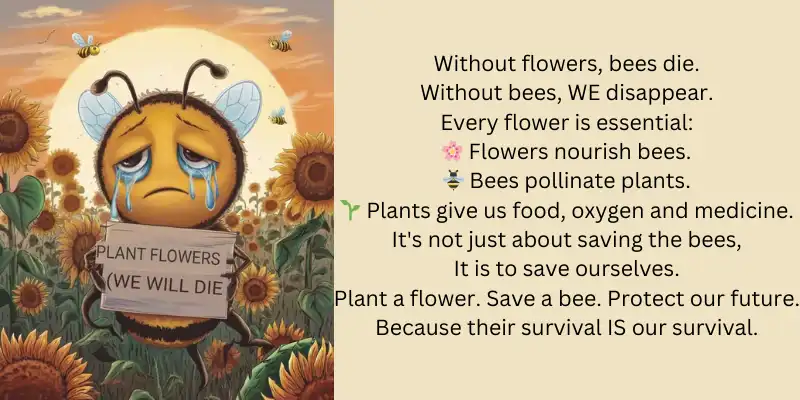
Modern Seed Distribution Methods: How Nature and Human Activities Collaborate to Spread Seeds Across the Landscape
- Today, seed dispersal is a dynamic blend of natural and human-driven processes. Wind, water, and animals remain essential, spreading seeds across diverse terrains, while human activities, such as agriculture and landscaping, significantly influence seed movement.
- From birds carrying seeds over long distances to humans cultivating crops worldwide, this collaboration maintains ecosystem balance, enhances biodiversity, and supports food security. Together, these forces ensure plants continue to thrive in varied environments.
In every seed lies the promise of a forest. Matshona Dhliwayo
Future Innovations in Seed Dispersal: How Technology Will Revolutionize the Movement of Seeds in Changing Environments
- As ecosystems face climate change, technology is set to revolutionize seed dispersal. Innovations like drones, robotics, and AI will enable precise seed distribution, especially in hard-to-reach or urban areas.
- These advancements will support reforestation, habitat restoration, and urban greening initiatives.
- Technology will preserve biodiversity by addressing ecological shifts and enhancing efficiency, ensuring plants adapt and survive in rapidly changing environments worldwide.
| Did You Know? |
|---|
|
Conclusion
Plants rely on suitable seed dispersal methods to survive, and it’s essential to keep these processes thriving in our modern ecosystems. Each technique plays a vital role, from the work of wind and animals to emerging future technologies.
As urbanisation accelerates, finding innovative seed dispersal methods to protect species and strengthen ecosystems is more important than ever. By supporting these efforts, we help maintain nature’s delicate balance and promote biodiversity worldwide.
Join the efforts to restore ecosystems today!
Frequently Asked Questions
You can learn more about the spreading of seeds in discussed frequently asked questions:
Seed dispersal is essential for plant reproduction, biodiversity, and ecosystem health. Plants can grow in new areas by spreading seeds across various environments, maintaining genetic diversity, and supporting animal and insect populations.
Urban environments can limit seed dispersal by blocking wind and water routes, such as buildings and roads. Reduced wildlife presence in cities also limits animal-assisted dispersal, making it harder for plants to propagate naturally.
Wind disperses seeds by carrying lightweight seeds with special structures, such as wings or fluff, over long distances. Water disperses seeds by floating them across streams, rivers, and oceans, allowing them to reach new locations.
Animals help disperse seeds by eating fruits and passing them into new areas, or by carrying them on their fur, feathers, or skin. This process allows seeds to be transported across varied distances, aiding plant growth in new habitats.
Future technologies, such as drones and artificial intelligence, could aid urban seed dispersal by transporting seeds to areas with limited natural dispersal. These innovations may support plant growth and ecosystem balance in increasingly urbanized landscapes.
| Reference Sources |
|---|

- Be Respectful
- Stay Relevant
- Stay Positive
- True Feedback
- Encourage Discussion
- Avoid Spamming
- No Fake News
- Don't Copy-Paste
- No Personal Attacks

- Be Respectful
- Stay Relevant
- Stay Positive
- True Feedback
- Encourage Discussion
- Avoid Spamming
- No Fake News
- Don't Copy-Paste
- No Personal Attacks
